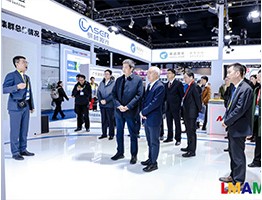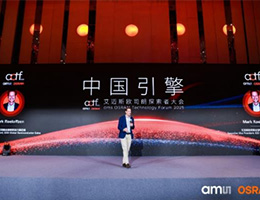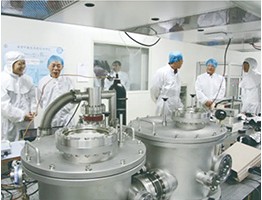Coherent New Fidelity Ultrafast Fiber Lasers
source:Coherent相干
release:Johnny Lee
keywords: Coherent laser ultrafast
Time:2015-07-24
Calif., June 22, 2015 – Two new ultrafast fiber lasers from Coherent, Inc. (Santa Clara, CA) (Nasdaq: COHR) offer a groundbreaking combination of high average power and short pulsewidth, thus enabling high intensity focusing for applications ranging from optogenetics research to cutting edge commercial uses, such as scribing and rapid prototyping. Specifically, the new Fidelity 10 and Fidelity 18 offer 10W and 18W of output power, respectively, with a pulsewidth of 140 fs, at a wavelength of 1040 nm. When combined with the superior beam quality (M2 < 1.2) from these lasers, the result is significantly higher peak power and focused intensity than from any competitive laser. Plus, the software adjustable, internal pre-compensator allows the user to optimize the pulsewidth and peak power at the sample or workpiece.
Fiber lasers are well-known to deliver important practical advantages, such as low maintenance, hands-free reliability, long-term stability, and low cost of ownership. These new Fidelity lasers are the first on the market to combine all these practical advantages, together with groundbreaking power performance in a package suited for both scientific applications and harsh industrial settings. They also benefit from Coherent’s HALT/HASS, “Industrial revolution in ultrafast lasers” program, which has eliminated the traditional laser trade-offs between reliability and performance.
These new Fidelity lasers are ideal for many, high brightness, ultrafast applications. For example, in optogenetics, the high power will enable simultaneous photo activation of larger neural cell populations, supporting increasingly complex experiments. The lasers will also deliver faster imaging speeds in multiphoton excitation (MPE) applications. In addition, their stability, high power and superior beam quality make these new Fidelity lasers well-suited to non-linear optics applications, including pumping tunable optical parametric oscillators (OPOs) or non-linear fibers. These same characteristics also make them excellent tools for microprocessing applications, such as scribing, 2-photon rapid prototyping, waveguide writing, microfluidics, and surface processing.
NEWS
 9th Secret Light Awards Launch: Million-Yuan Fund + National Award Recommendation
9th Secret Light Awards Launch: Million-Yuan Fund + National Award Recommendation Top Enterprises Gather: 1st Laser & Additive Manufacturing Innovation Conference Wraps Up
Top Enterprises Gather: 1st Laser & Additive Manufacturing Innovation Conference Wraps Up 2025 ams OSRAM Explorer Conference: "China Engine" Drives Future Innovation
2025 ams OSRAM Explorer Conference: "China Engine" Drives Future Innovation Tsinghua's Sun Hongbo, SLA Review Expert, Becomes CAS Academician
Tsinghua's Sun Hongbo, SLA Review Expert, Becomes CAS Academician 4th Collaboration! What Brought the Global Laser Academic Guru to Chinese Univs & Leading Firms?
4th Collaboration! What Brought the Global Laser Academic Guru to Chinese Univs & Leading Firms?
INTERVIEW
 Scanner Optics: Galvanometer Tech Leader
Scanner Optics: Galvanometer Tech Leader The "Light Chasers" in the Deep Ultraviolet World
The "Light Chasers" in the Deep Ultraviolet World Shi Lei (Hipa Tech): Focus on Domestic Substitution, Future Layout in High-End Laser Micromachining
Shi Lei (Hipa Tech): Focus on Domestic Substitution, Future Layout in High-End Laser Micromachining Optizone Technology: 17 Years Devoted to Optics – High-Power Optics Mass-Production Pioneer
Optizone Technology: 17 Years Devoted to Optics – High-Power Optics Mass-Production Pioneer Zhuojie Laser: Breaking barriers via tech breakthroughs, aiming to lead high-end light sources
more>>
Zhuojie Laser: Breaking barriers via tech breakthroughs, aiming to lead high-end light sources
more>>
